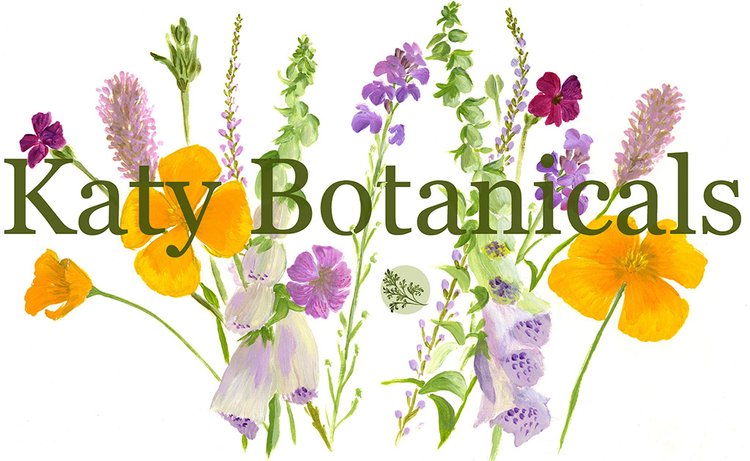So, when I started designing Urban Camouflage leggings, my hope was that I could produce a line of sportswear that was beautiful, luxurious, healing and carbon neutral.
The beautiful bit is what I was made for - I’ve been painting botanical paintings my whole life, professionally for over a decade, and have studied a Masters Degree in Textile Design.
The luxurious, slow fashion, bit was possible through a long search for a quality manufacturer who created a great pair of leggings that you wouldn’t have to replace, using employees who were recognised, trained and rewarded.
The healing bit I really believe in, having spent years researching the benefits that nature and even pictures of nature can bring to our mental and physical wellbeing.
However, the carbon neutral bit has caused me a real headache.
Who knew ethical was so hard!
Having spent 18 months searching for a way of producing ethically manufactured sportswear, I can share the following knowledge:
Sportswear has to fulfil very high demands from the wearer; it has to:
be really, really stretchy,
take dyes of bright and vibrant colours,
have an attractive sheen or slightly shiny surface,
not go dark when and where the wearer sweats,
be long suffering and hardwearing,
survive regular and thorough washing and tumble drying,
‘wick’ or draw moisture away from our bodies, so keeping us warm in the cold and cool in the heat,
be affordable and be flattering
So, in my search for ethical fabrics that a small business could afford, I had considered:
Bamboo, but the fibres are short. This means it looks and feels slightly like velvet, so printed patterns and images will look soft not sharp and the fabric wears thin easily as the fibres pull apart.
Cotton, which has a lovely breathable quality. However, it doesn’t like mixing with Lycra (or elastane / spandex which are the generic names for Lycra) so you get a baggy bum and baggy knees.
new exciting developments in natural fibres, produced using raw products such as milk (QMilk) or coffee grounds (S.Cafe). These are both gorgeous fabrics and I’d love to partner with them in the future.
I next turned my attention to recycled polyester:
Now, I know that recycled polyester is already being used successfully for printed leggings. Yipee!! However, currently, recycled polyester is kept in a big round bale, like the hay bales you see in the fields. These bales are unwound from the centre and pulled out like a long sock. Each bale is everso slightly different and when the fabric is pulled out of its bale cocoon, its form and structure starts to change.
As the opened bale starts to change, each bale has to be used then and there for one print run, of 3000 items.
Now these items can be leggings, or tops, or shells, or vests, but they have to be printed in one go. Which, as I believe in slow fashion and only produce what I know will sell, reducing the Urban Camouflage carbon footprint and reducing wastage, means this is not an option for our business right now.
Well, this is where I am now, 18 months in, far better informed and much closer to my carbon neutral range of clothing.
The business is changing all the time, this is the place I’ve reached on my quest, so I’ll keep you informed of my progress towards our ethical future.
I’m going to keep talking, keep visiting and keep digging, so watch this space as it is my aim and ambition to create clothing that you will enjoy wearing and also be proud to wear. Equally, if you know something we could use are happy to share your knowledge, please do!!
The sooner Urban Camouflage can be carbon neutral the prouder I’ll be and the sooner you can receive your totally ethical Urban Camouflage sports kit!


